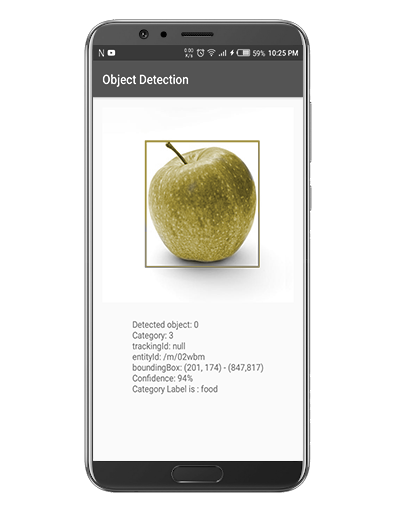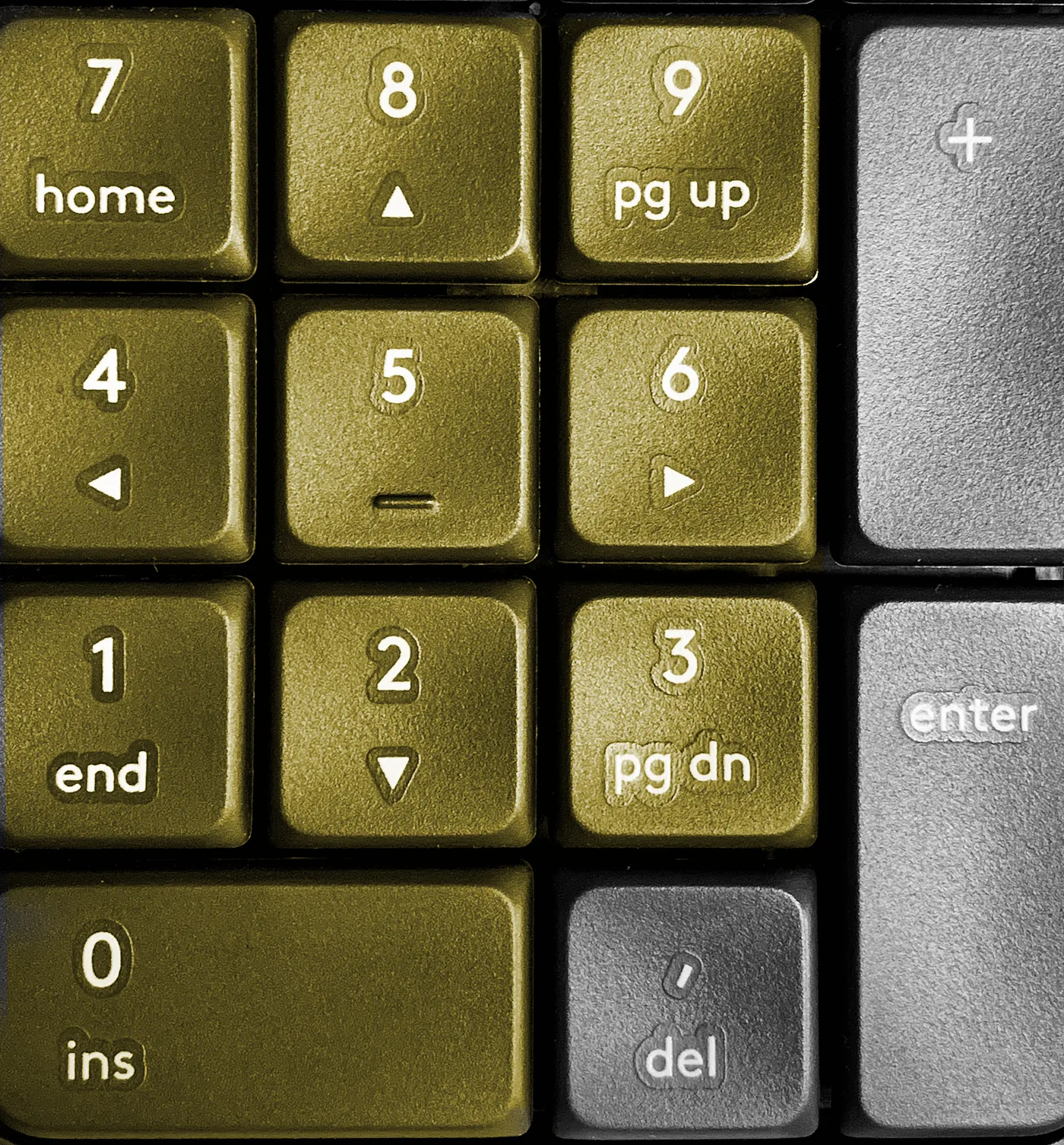This post is a part of a series about feature engineering techniques for machine learning with Python.
You can check out the rest of the articles:
Welcome to the last of this series on feature engineering! In today’s article, we’ll explore some advanced feature engineering techniques across different tasks. Specifically, we’ll look at advanced categorical encoding, advanced outlier detection, automated feature engineering and more.
Continue reading Hands-on with Feature Engineering Techniques: Advanced Methods









